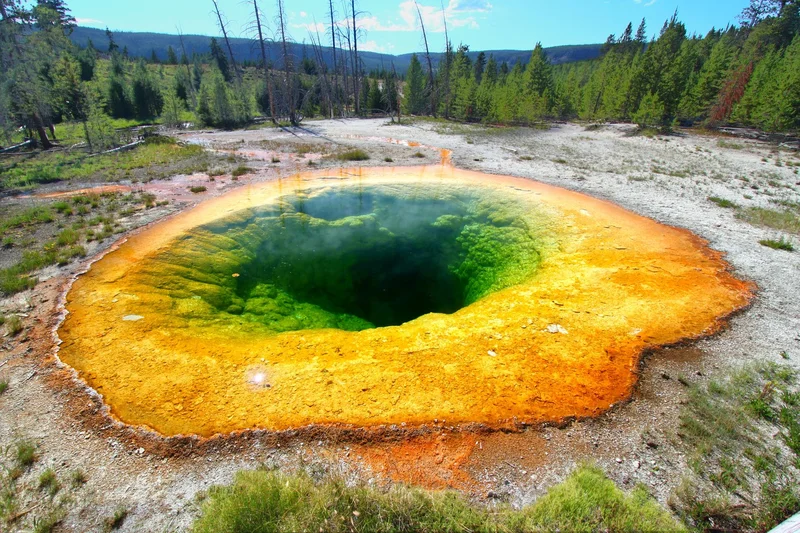Caldera: A World Beneath the Surface Awaits
AI Uncovers Hidden Volcano Fault: Are We Ready for Hyper-Accurate Disaster Prediction?
Okay, folks, buckle up because this is HUGE. We're not just talking about another incremental improvement in AI; we're talking about a potential paradigm shift in how we understand and predict natural disasters. I'm honestly buzzing with excitement!
Seeing the Unseen: AI's Volcanic Revelation
So, here's the deal: scientists have used artificial intelligence to map over 54,000 earthquakes near Italy's Campi Flegrei volcano, and what they found is mind-blowing. They uncovered a massive, previously hidden ring fault beneath the caldera. Think of it like this: imagine trying to understand a complex circuit board, but half the wires are hidden. Now, suddenly, you have a complete map. That’s what this AI has done for Campi Flegrei. Scientists find hidden ring fault beneath dangerous Campi Flegrei volcano
Xing Tan, a Stanford researcher, put it perfectly: "Our Italian colleagues were surprised to see the ring so clearly." And honestly, when I first read that, I felt a jolt of pure scientific joy. It's like that moment when you finally solve a puzzle you've been wrestling with for ages.
This isn't just about pretty pictures, though. This AI-generated map precisely traces the fault, highlighting areas of uplift and even extending offshore. What this means is that we can now link recent seismic activity to the underlying structure, giving us a much clearer picture of stress zones within the caldera. We're talking about a fundamental shift in our understanding of how this volcano works.
But here’s the real kicker: this technology isn't just for Campi Flegrei. The article mentions that the same approach could be applied to other restless volcanic systems that already have seismic networks. Imagine the possibilities! We could be on the cusp of a new era of hyper-accurate disaster prediction, not just for volcanoes, but for earthquakes, tsunamis, and all sorts of other natural hazards. What if we could have predicted the Nepal earthquake with greater accuracy? The possibilities are staggering.

This breakthrough reminds me of the early days of weather forecasting. Remember when predicting the weather was more art than science? Now, thanks to satellites, supercomputers, and sophisticated models, we can predict the weather with remarkable accuracy. This AI discovery feels like that same kind of leap forward for disaster prediction.
The article also points out that the new system is now capable of delivering much clearer views of underground activity and detecting subtle shifts and locating small earthquakes with far greater accuracy than before. The deepened catalog shows two long faults converging under Pozzuoli, a town on the caldera’s north side. Those structures raise concern for stronger shaking in a shallow, urban setting. Is this just an evolution of the technology or something more?
And, look, let's be real. This isn't about replacing human seismologists. It's about giving them a powerful new tool to work with. This AI can sift through massive amounts of data, identify patterns that humans might miss, and ultimately help us make better decisions about how to protect communities at risk.
Of course, with great power comes great responsibility, right? We need to be mindful of how we use this technology. We need to make sure that the data is accurate, that the models are reliable, and that the information is communicated effectively to the public. The last thing we want is to create unnecessary panic or to give people a false sense of security.
But, if we can do this right, if we can harness the power of AI to better understand and predict natural disasters, we can save lives, protect property, and build more resilient communities. That's a future worth fighting for. The next step is to apply this technology to other volcanic systems and earthquake-prone regions around the world. Imagine a global network of AI-powered disaster prediction systems, constantly monitoring the planet and providing early warnings to communities at risk. It's ambitious, sure, but it's also entirely within our reach.
A Glimpse into a Safer Tomorrow
This isn't just about volcanoes or earthquakes; it's about the power of human ingenuity and the potential of AI to solve some of the world's most pressing problems. It’s a future where we're not just reacting to disasters, but proactively preventing them. That's a future I want to be a part of, and I hope you do too.
